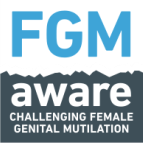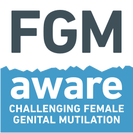National Guidance for Child Protection in Scotland (2014)
FGM is a serious form of child abuse and where applicable you should always follow your child protection procedure. The following information on FGM can be found at page 130 of the National Guidance for Child Protection. Key messages for practice:
|
Where possible, workers with knowledge of the culture involved may be able to assist but the welfare of the child must always be paramount. Female genital mutilation should always be seen as a cause of significant harm and normal child protection procedures should be invoked.
Some distinctive factors will need consideration:
|

